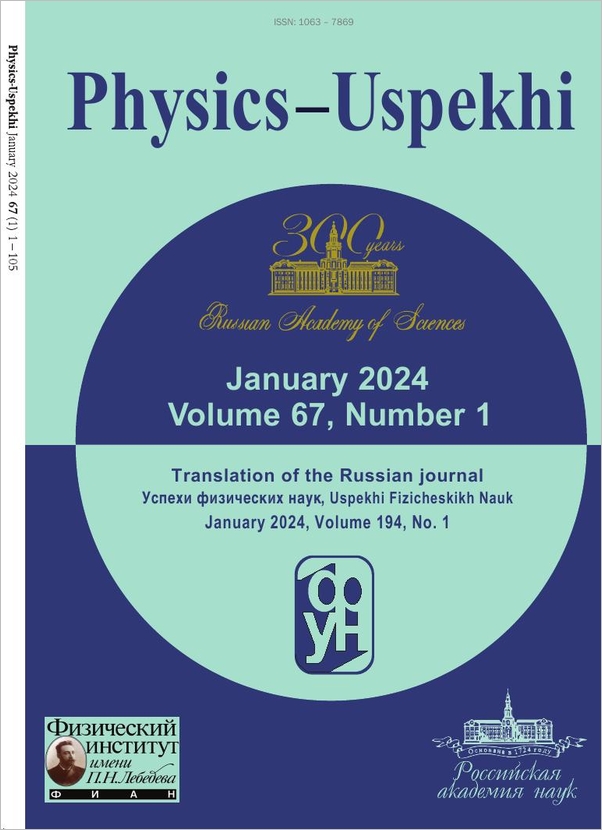|
This article is cited in 7 scientific papers (total in 9 papers)
METHODOLOGICAL NOTES
A technique for solving the wave equation and prospects for physical applications arising therefrom
A. V. Kukushkin
Nizhny Novgorod State Technical University
Abstract:
A new technique is proposed for solving the Helmholtz equation, based (in contrast to the classical method of separation of variables) on combining the variables. As a result, the wave equation (a partial differential equation) is converted into a single second-order ordinary differential equation. One solution of the latter is the classical exponential with imaginary argument (a simple self-similar solution). The second (the compound self-similar solution) consists of two factors: an exponential of imaginary argument (the first solution) and a tabulated special function. In the two-dimensional case this function is a complementary error function, or, in a special case, the Fresnel integral in complex form. In three dimensions the second factor is the exponential integral function. The physical part of the work is concerned with utilizing the compound self-similar solutions in physical applications involving external problems of electrodynamics and acoustics. These include (in the two-dimensional case) the theory of open waveguide structures.
Received: February 18, 1992
Revised: September 16, 1992
Citation:
A. V. Kukushkin, “A technique for solving the wave equation and prospects for physical applications arising therefrom”, UFN, 163:2 (1993), 81–95; Phys. Usp., 36:2 (1993), 81–93
Linking options:
https://www.mathnet.ru/eng/ufn7128 https://www.mathnet.ru/eng/ufn/v163/i2/p81
|


| Statistics & downloads: |
| Abstract page: | 67 | | Full-text PDF : | 22 |
|





 Contact us:
Contact us: Terms of Use
Terms of Use
 Registration to the website
Registration to the website Logotypes
Logotypes








 Citation in format
Citation in format 
